Introduction

Firstly, I should say that this isn’t a full review or test in the true sense but more of an overview of my experience within the confines of what I expect and what I use a boot for. Looking for a decent pair of 2/3 season boots is not easy. I long ago gave up on fabric boots as there is no way to properly proof the fabric sufficiently for a decent walk. I tend to wear trail shoes in warmer conditions. Despite it’s promise otherwise, Gore-Tex is very limited in it’s ability to keep water out and will soak through in wet grass or slush in no time and in any event will fail at the toe crease within as little as 6 months of regular wear. I used to think it lasted longer until we got a dog! Going from a decent walk on the occasional weekend to 4-5 miles most days certainly exposes any weakness in your gear and makes you realise it quite often doesn’t last very long at all! Anyway, for a general purpose 3 season boot I think leather is the way to go. At least you can load it up with wax (Grangers is as good as any and cheap)
The Choice
Where do you start? Well, inevitably I get drawn into what a boot looks like, although I know I shouldn’t. Most leather walking boots are a bit brown and a bit dull. having said that, my wife has had a pair of Scarpa Ranger Activ Lite GTX boots for a view years and they are brilliant despite looking very ordinary. Looking at prices though, the men’s equivalent version were not cheap outside of any offers, which are rare with Scarpa. I then came across Dolomite, a manufaturer I didn’t know much about. Their boots and shoes all looked quite stylish and I particularly like the look of the 54 Trek GTX.
The Decision
According to the manufacturer the boot is ‘Constructed with a Crazy Horse full grain leather upper, the Cinquantaquattro (54 to you and I) provides naturally durable and rugged protection, whilst a waterproof Gore-Tex membrane ensures your feet will stay fresh and dry in all weather conditions.‘
Well, that sounds impressive, even though I have no idea what Crazy Horse leather is. I assume it isn’t actually from a crazy horse. The tech spec also states that the leather upper is 1.8mm, the same as the Scarpa boot. Most of all though, I was taken in by the retro styling. I guess that’s where the 54 comes from in the name. What completed the decision making process was that I could get them for £140 on offer, despite the RRP being the same as the Scarpa boot at £220
How They Worked Out
I wear boots for both hill walking and dog walking when it’s wet or cold, all weathers except the worst cold, ice or snow when I shift to a full winter boot. Out of the box I quite liked these boots. They looked cool with an embroidered motif on the tongue and the Italian tricolour pull tabs at the heal. They also felt very comfortable. One thing I did notice however, was that the leather didn’t seem anything like as substantiaI as my wife’s Scarpa boots. It seemed both thinner and softer, although very difficult to measure with any accuracy. Also, I did get a couple of small blisters on the tops of my smaller toes after the first longer walks. Not much room in the toe box. Either the boots softened to my feet or my feet toughened to the boots, one way or another they were OK after this.
The Main Problem
Unfortunately the main problem quickly surfaced – they are not very waterproof! It really didn’t take much wet grass, brook crossing or mud before my feet felt damp. In fact after about 6 months of wear the left boot let water almost instantly at the toe crease if submerged even briefly. It very quickly got to the point that my feet would be properly wet in no time at all, when after exactly the same 3-4 hour walk and conditions my wife’s feet were bone dry in her Scarpa’s (older and more used than these Dolomites).
One part of the problem I think is the way the tongue is designed. If you look at the pictures below you will see that the 54 Trek does have a gussetted tongue but it actually sits under the lace panels like a regular shoe. Unlike the Scarpa boot on the right which has a tapered (and more substantial) gusset. I’m sure this contributes to water ingress, with mud, sand and water allowed to collect between the tongue and lace panels.
Notice also how much more ‘beat up’ the Dolomite boot looks. The leather is not a patch on the quality used for the Scarpa boot, crazy horse or not. Even if I clean and proof with several coats of Grangers, or even the very expensive but excellent Scarpa HS12 cream they still let in water after as little as 30 minutes of a wet hike. Another issue may well be due to what certainly appears to be decorative and unecessary stitching on the uppers.
A Couple of Other Negatives
Something else I noticed on one particularly muddy, grassy and steep slope was that my wife was leaving me for dead while I skated around like bambi on ice trying to get some grip. The soles just didn’t want to clear of mud, despite on the face of it looking like perfectly decent Vibram soles.
There is no jamming eyelet at the top of the foot, which would allow you to have differential lace tightening between foot and ankle. Also, the boot eyelets are not articulated. I’m not sure what the main advantage of articulated eyelets is meant to be, my guess is that it ensures optimal load between boot and lace, avoiding unecessary lateral strain. They are certainly easier to lace up and it’s easier to clean and wax around them. Any way, definitely a corner cut here compared to other leather boots I’ve worn.
On the subject of laces, there is a leather loop on the tongue, the sort of thing you see on trainers and trail shoes for feeding the lace through and presumably to help hold the tongue in place. You can see it on the picture of the left boot above. The one on the right boot detached at one end on the second or third outing, resulting in it just flapping about and having to cut it off. It didn’t seem to serve any useful function anyway but just another example of these boots not hitting the mark they should, especially if you paid full retail price!
In Summary
I don’t think I need to say that I will not be buying another pair. I’m still wearing them but only in relatively dry conditions. A decent pair of well maintained and proofed leather boots should keep water out a lot longer than these do, Gore-Tex or not. Dolomite’s own promise of ‘a waterproof Gore-Tex membrane ensures your feet will stay fresh and dry in all weather conditions‘ was quickly broken unfortunately. I think these boots have been designed with form in mind rather than function. Definitely not for UK hill conditions and I would even go so far as to say that they are more of a fashion boot than a functional hiking boot. Overall, quite disappointed and I definitely wish I’d paid the extra and gone with something like the Scarpa boot.


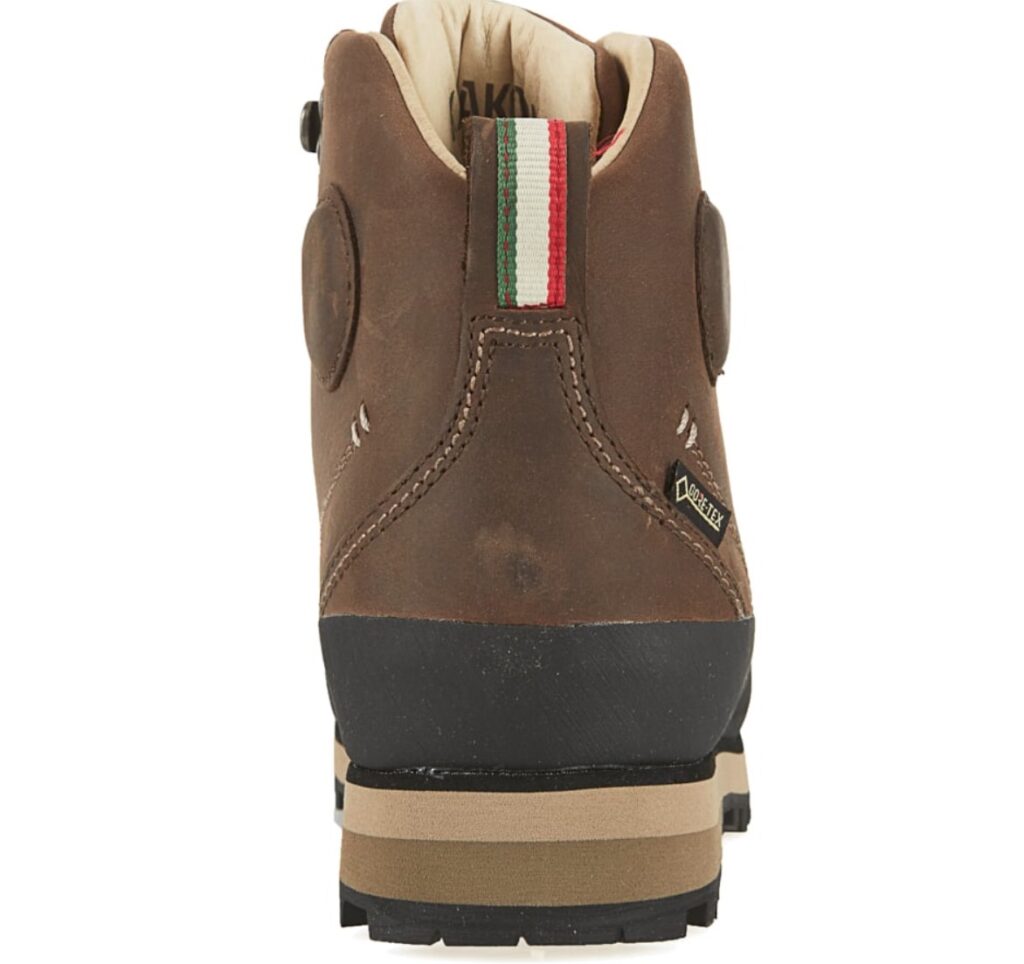
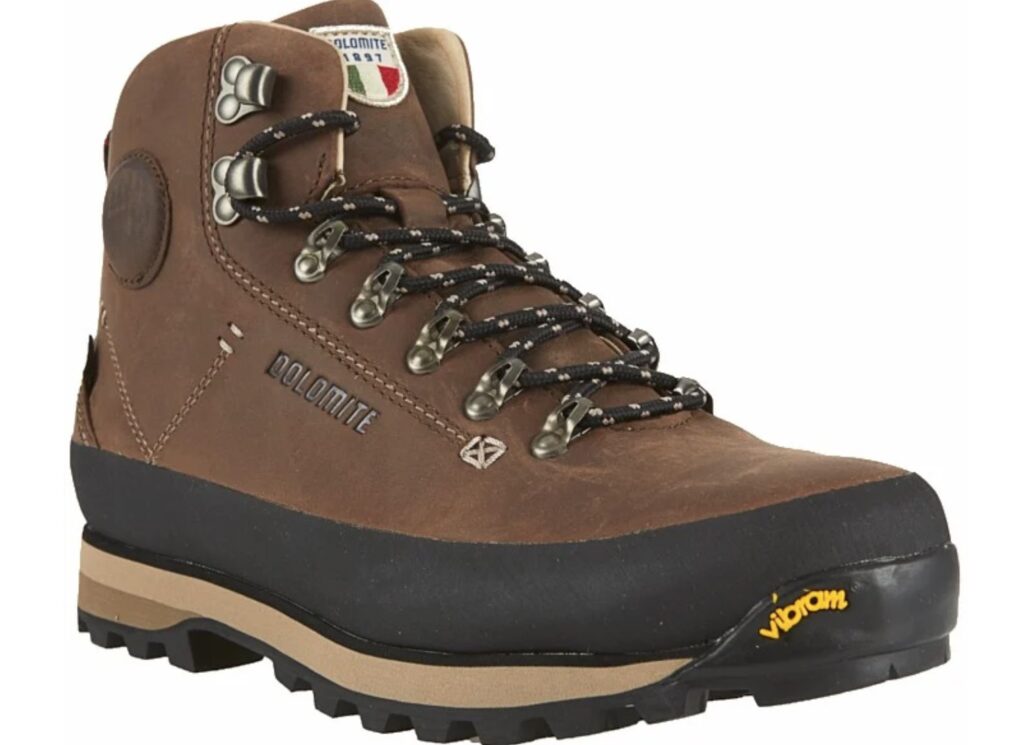
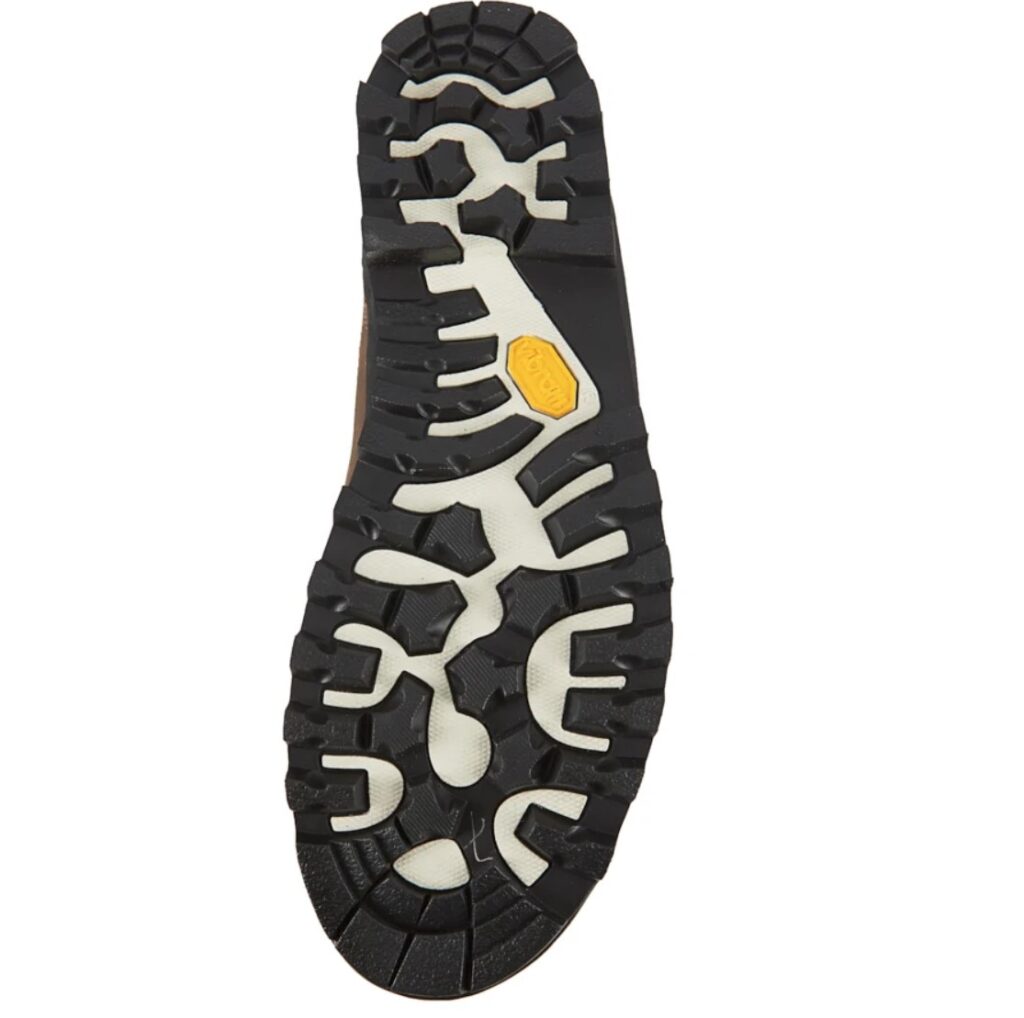
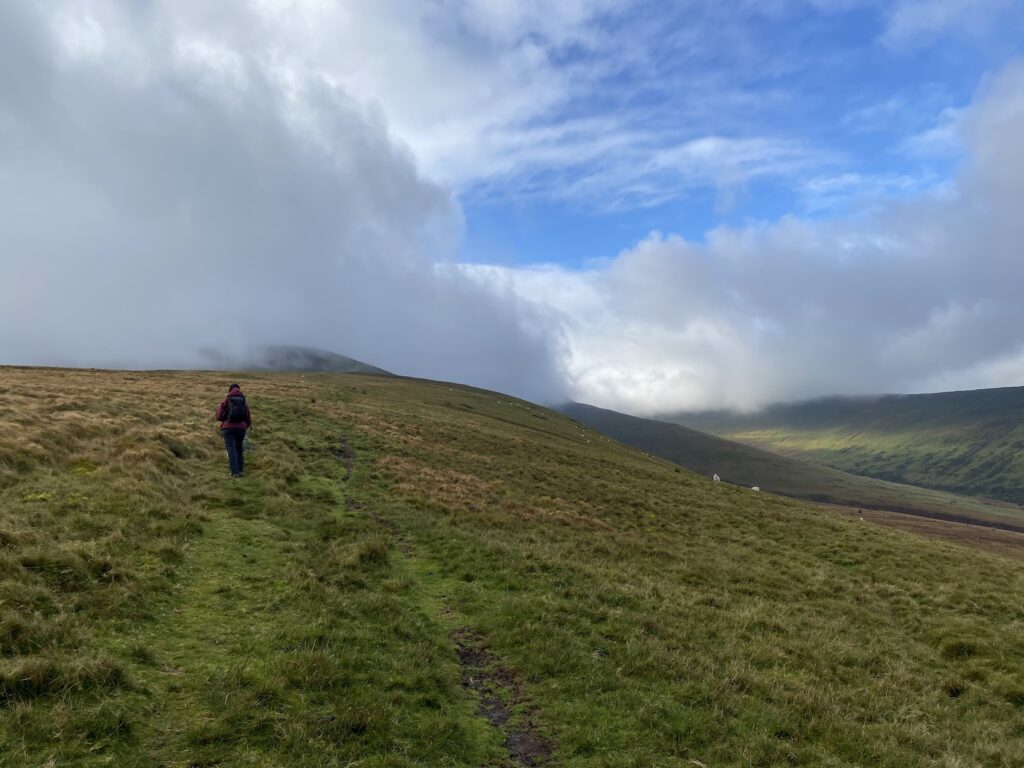
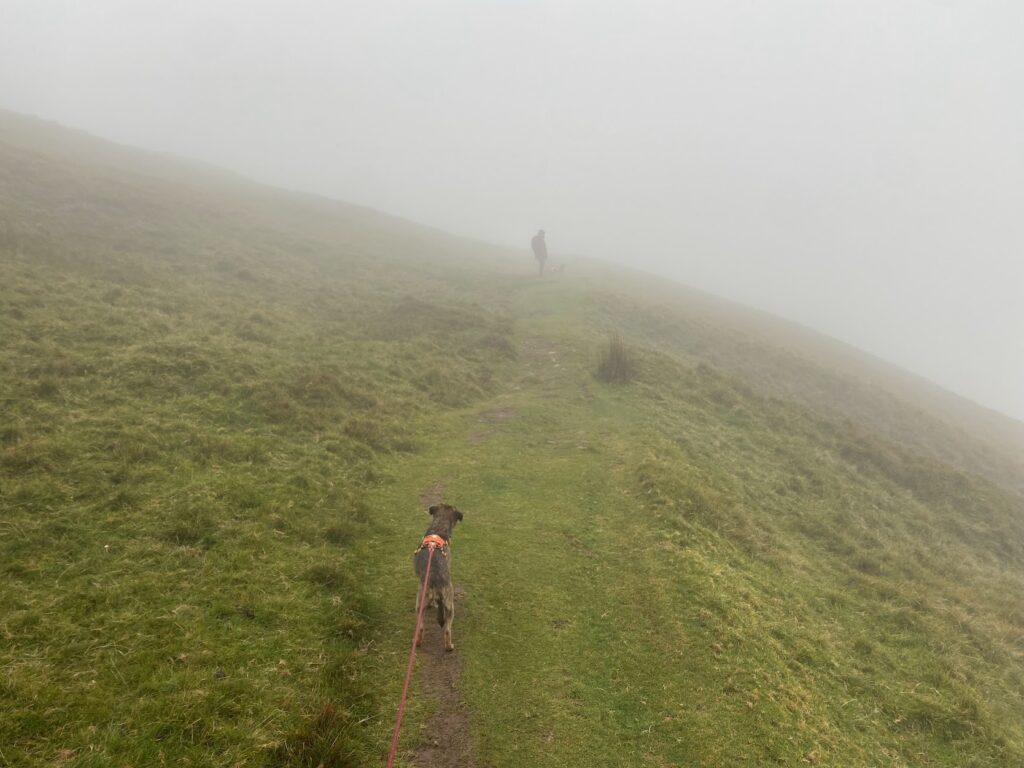
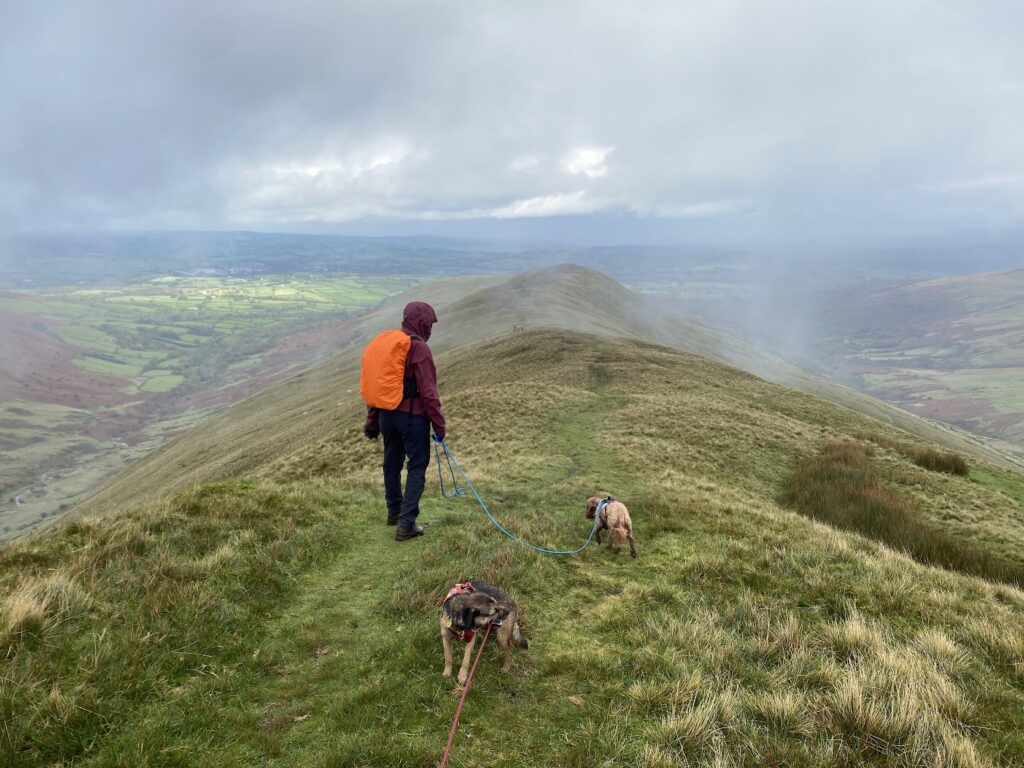
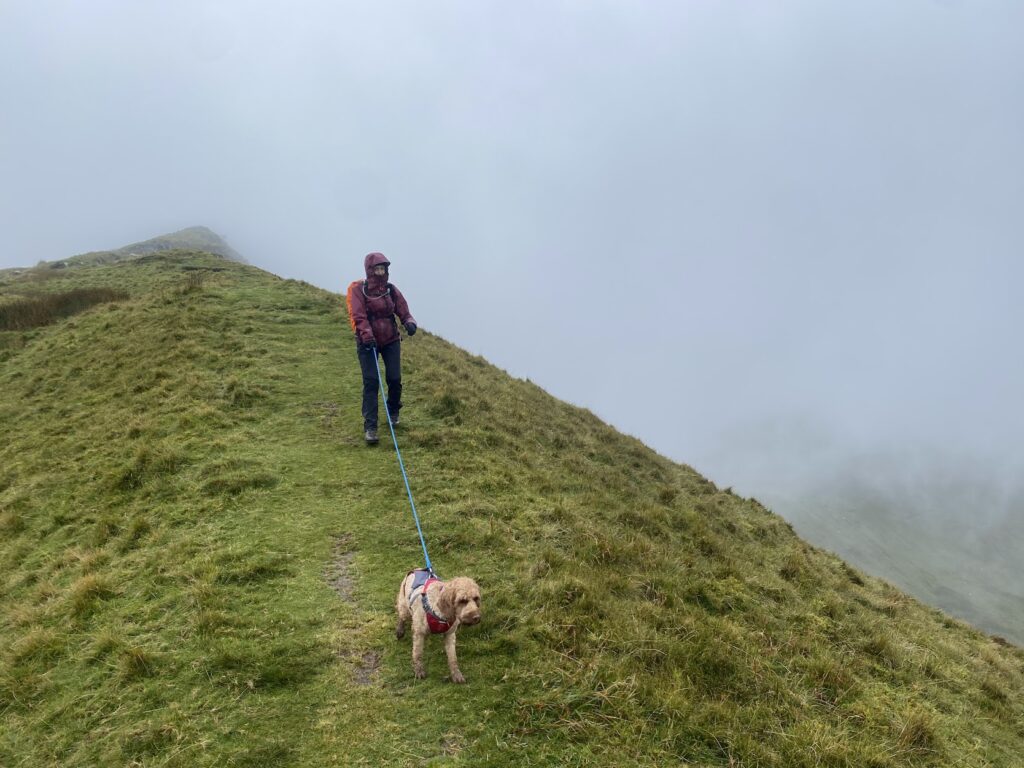
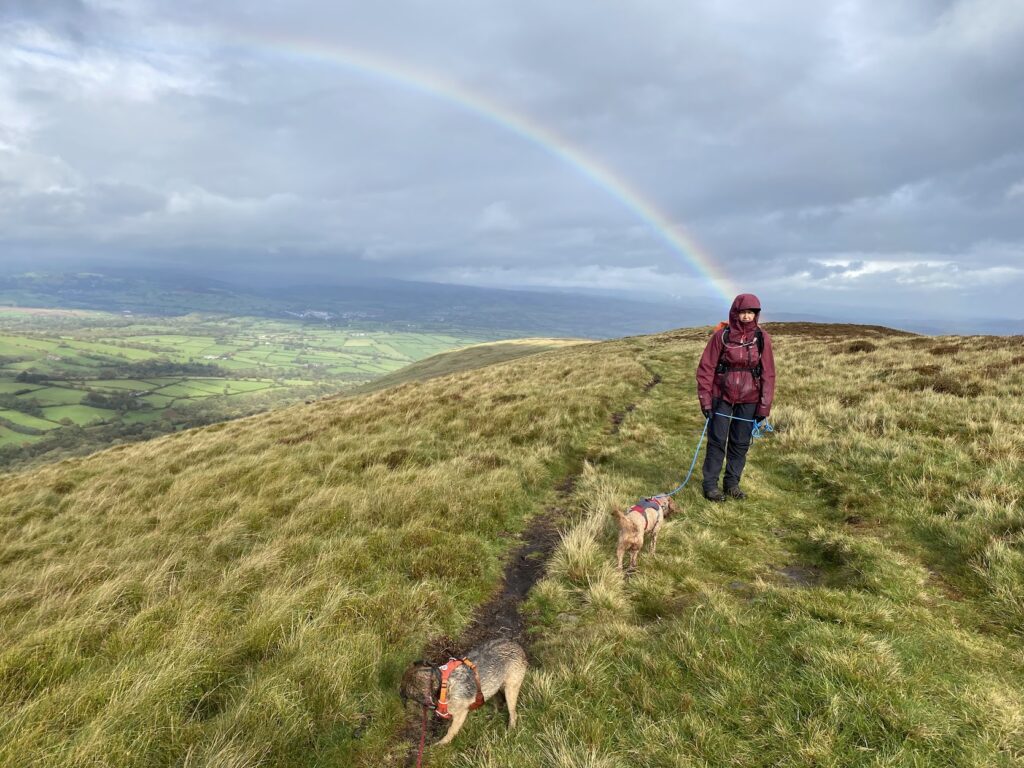

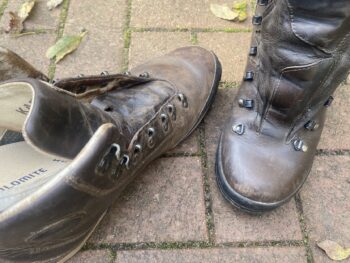
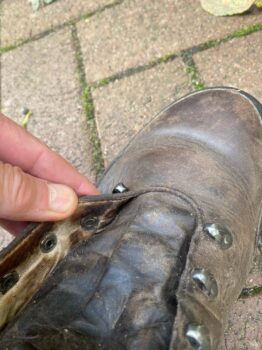
We do have the same problems here. GTX don’t hold more than 1/2 year … Leather is easier on the upkeep, but heavily padded shoes get wet from sweaty feet if not from the outside, and it’s just better to accept a damp, but breathing shoe during the summer alt least. For the winter/the really wet season my hubby and I have opted for the Norwegian military’s combat shoe (no affiliation): https://www.alfaoutdoor.com/products/m-77-perform-black
They are a single raw hide layer, and should be bought in a size sufficient to accommodate woolen socks of preferred thickness and a pair of wool soles. Since they’re relatively thin compared to padded boots they will mold to the foot after a week or so (just remember to do the break-in with the soles and the socks that you anticipate using) and even better, will dry out easily on multiday trips. (A trick is to crumple newspaper into the shoes in camp to help the drying process.)
We keep them quite water tight with the hard shoe polish (Old fashioned black kiwi) and leather wax if needed.
My shoes are 10 years old now. I don’t wear shoes nearly at your level but these boots have some miles on them. The only slight negative I have to say is that the sole is quite stiff and (after a time) hard to the feet when walking on hard surfaces. For boggy parts of Norway that’s no problem, but on rocky terrain softer insoles may be needed.
BTW – your domain name is THE BEST. 🙂
Thank you for review. It’s very useful information.
Thank you for the review, this boot caught my eye also due to the price, but I think I will give it a miss after reading your review. Coincidentally Scarpa were also on my radar. Once again thanks for taking the time to post such an informative review.